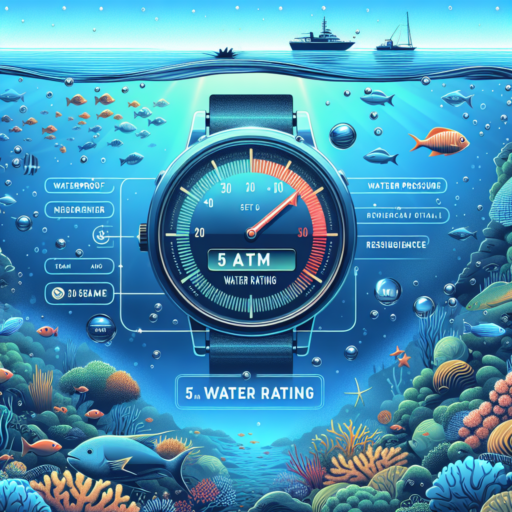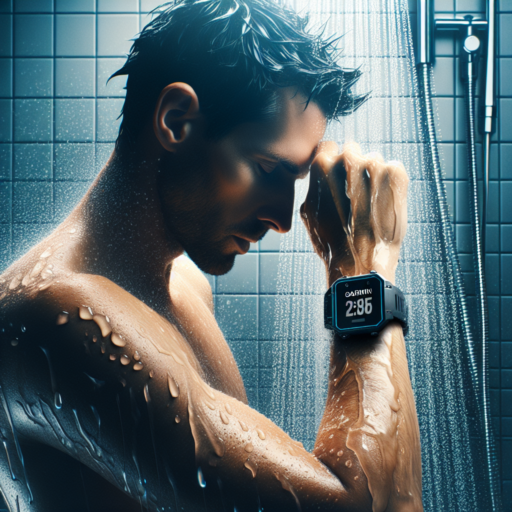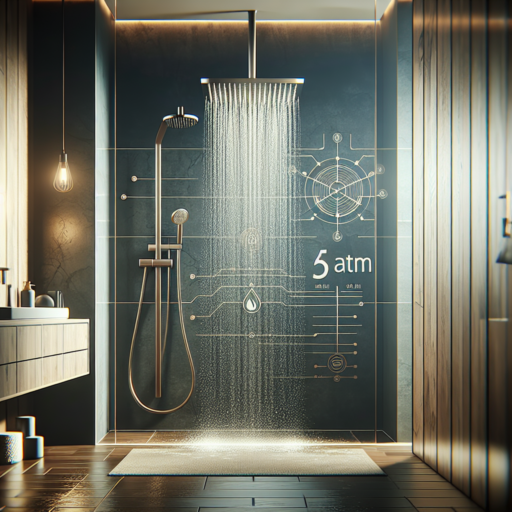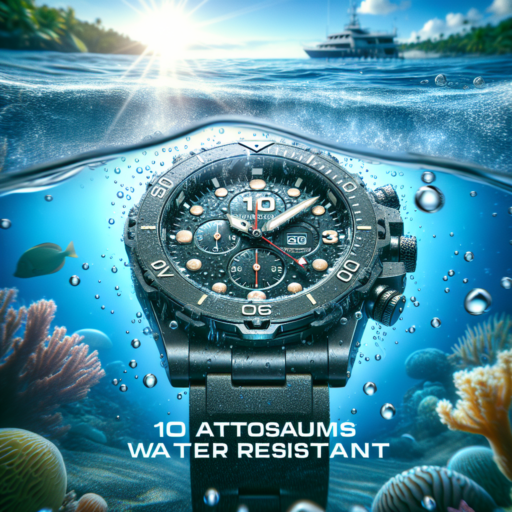Can I swim with a 5 atm watch?
Swimming with a 5 atm watch is a common query among watch enthusiasts and active swimmers alike. The term «5 atm» refers to the water resistance level, where atm stands for atmospheres. A watch marked with a 5 atm rating is designed to withstand pressures equivalent to a depth of 50 meters or roughly 164 feet underwater. This rating suggests that such watches are suitable not only for everyday use but also for activities involving water exposure.
However, when it comes to swimming with a 5 atm watch, it’s crucial to understand the extent of activities it can endure. While a 5 atm rating indicates that the watch can survive brief immersion in water, it doesn’t necessarily qualify it for all types of swimming activities. The impact of diving into a pool or the pressure from vigorous swimming strokes can significantly exceed the pressure at a static depth of 50 meters.
Moreover, it’s essential to consider other factors that might affect the water resistance of a 5 atm watch. Elements such as temperature fluctuations, the age of the watch, and the condition of its seals can impact its overall water resistance over time. For those looking to use their 5 atm rated watches in water regularly, routine checks and maintenance are advisable to ensure the watch maintains its integrity and water resistance capability.
Can I take a bath with 5ATM water resistant?
Understanding the 5ATM water resistance rating is crucial before deciding whether to take that bath with your device or not. A 5ATM rating essentially means that the device is resistant to water at depths of up to 50 meters for a limited time. However, it’s important to note that this does not equate to being fully waterproof or suitable for all water activities.
When considering activities such as taking a bath, several factors come into play. Unlike swimming in a pool or the sea, where water exposure is relatively constant and pressure is more predictable, baths involve varying temperatures and exposure to soaps and shampoos. These chemicals can degrade the water resistance capabilities over time. Moreover, significant temperature changes, as experienced in hot baths, can also affect the seals that keep your device water-resistant.
Key Considerations for Bath Time
- Check the manufacturer’s guidelines: Always refer to the specific care instructions provided by the device’s manufacturer. They may advise against certain activities, including taking a bath, even if the device is labeled as 5ATM water resistant.
- Temperature and chemical exposure: Be mindful of the impact that hot water and bath products can have on your device. These can deteriorate the rubber seals and compromise the device’s water resistance over time.
- Avoid direct water Jets: Even if your device is 5ATM rated, direct jets of water can exert more pressure than the device is designed to handle, potentially leading to water ingress.
In sum, while a device with a 5ATM rating is technically capable of withstanding pressures equivalent to a depth of 50 meters, taking a bath with such a device carries risks. It is imperative to consider the manufacturer’s recommendations, as well as the impact of hot water and bath products, to ensure the longevity of your device’s water-resistant capabilities.
Is 5ATM water resistant better than IP68?
When comparing the water resistance capabilities of devices, understanding the differences between 5ATM and IP68 ratings is crucial. Both standards measure how well a device can withstand water exposure, yet they serve different purposes and are tested under varying conditions. The 5ATM rating suggests that a device can withstand pressures equivalent to a depth of 50 meters for a short period, making it suitable for activities such as swimming or showering. On the other hand, the IP68 rating provides a broader protection indication, signifying that a device is not only water-resistant but also dustproof.
In practical terms, the 5ATM rating focuses primarily on the pressure endured by the device underwater, whereas IP68 evaluates the device’s ability to resist both water and dust infiltration to a specific depth and for a certain duration, typically up to 1.5 meters for up to 30 minutes. Consequently, devices with a 5ATM rating are generally recommended for regular swimmers, while those carrying the IP68 rating are seen as more versatile for everyday use in a variety of environments, including dusty or sandy conditions.
It is also worth noting that while both ratings indicate a level of water resistance, neither guarantees absolute protection under all circumstances. Factors such as temperature, the presence of chemicals in the water, and the age of the device can affect its water resistance over time. Therefore, users should consider their specific needs and how they plan to use their devices before making a decision based on water resistance ratings alone.
No se han encontrado productos.
How deep is 5 atm water pressure?
Understanding the concept of 5 atm (atmospheres) water pressure is crucial for divers, watch enthusiasts, and anyone involved in underwater activities. At sea level, the atmosphere exerts a pressure of 1 atm. Consequently, 5 atm signifies a pressure that is five times that of the pressure at sea level. This specific measurement translates directly to the depth of water and its pressing force on objects submerged in it.
When discussing 5 atm water pressure, it is important to recognize that this directly correlates to a depth of approximately 50 meters (or about 164 feet) underwater. This estimation comes from the general principle that each 10 meters of water depth adds approximately an additional atm of pressure. Hence, a water pressure of 5 atm suggests that the object or individual is experiencing the equivalent pressure at a depth of 50 meters beneath the water’s surface.
Implications of 5 ATM Water Pressure
The significance of 5 atm water pressure extends beyond theoretical underpinnings to practical implications, especially in the design and usage of water-resistant watches and diving equipment. Watches rated for 5 atm water resistance are considered safe for swimming but are not recommended for diving. Such items are crafted to withstand pressures encountered in everyday water-related activities up to a depth of 50 meters, thereby ensuring their functionality and structural integrity are maintained.




